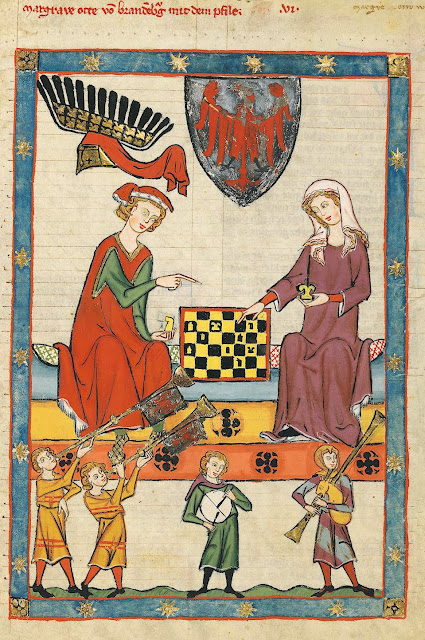The Great Gatsby is the greatest work of one of the greatest authors in American history. If you haven't read it yet, you probably slacked off a lot in high school. Go read it now. I'll wait. This post will still be here when you're done.
Have you read it yet? Okay, good. Maybe you can help me out with this. I recently learned of a theory put forward by literary scholars that has proven unexpectedly resilient to scrutiny. Jay Gatsby, the theory goes, is a light-skinned black man who is passing for white.
 |
| Yes. Serious. |
Now, bear with me. I know that seems like a huge leap, but the progenitors of the theory have some pretty compelling evidence. First of all, it's clear that Gatsby is something of an outsider in New York's high society. This is usually chalked up to his being "new money," and therefore shunned by the blue-blooded aristocrats. That's perfectly reasonable, but there's more.
Gatsby's estate is on "more than 40 acres" of land. That's a curiously specific way to describe a non-specific measurement. Especially considering the "40 acres and a mule" concept after the civil war, which described what freed slaves generally felt was a suitable (and frankly generous) reparation for their decades of free labor. If the theory holds true, Fitzgerald is coyly alluding to the fact that Gatsby got what he deserved and then some.
| That's one hell of a mule there, Jay. |
It still feels like a stretch, doesn't it? Even after you realize that Gatsby is described as "tan-skinned." It's still a bit much. Even after you realize that Fitzgerald doesn't shy away from depicting racial tension in any way, so it's not like issues of race are nonexistent in the book. In fact, they always seem to be lurking in the subtext. But here's a passage that will give you something to think about:
"...a limousine passed us, driven by a white chauffeur, in which sat three modish Negroes, two bucks and a girl. I laughed aloud as the yolks of their eyeballs rolled toward us in haughty rivalry. 'Anything can happen now that we've slid over this bridge,' I thought; 'anything at all....' Even Gatsby could happen, without any particular wonder."
Upon seeing three black people in a limo, the narrator thinks to himself that they are a sign of the times, just like Gatsby. There's a pretty strong suggestion here that when he says "anything can happen," he's talking about the success that a person of color can achieve. Why, on that thought, would he immediately think of Gatsby?
Because Gatsby represents the very same social upheaval.
I'd like to hear some more thoughts on this. It's been boggling my mind for a while now, and if anyone can find more evidence to prove (or disprove) the theory, I'm all ears. Because this is a very new idea that suddenly seems as plain as Nebraska now that I'm thinking about it.
 |
| And Nebraska is pretty damn plain. |
And it completely changes the way I see one of the most iconic characters of American literature.
Holy shit.


















.jpg)

